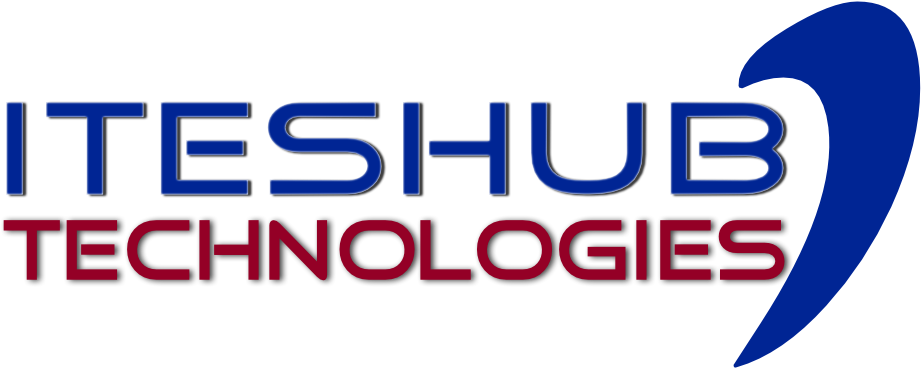Software Development
Software development is the process of creating software applications. It involves a variety of steps, from conceiving the idea to deploying and maintaining the final product. Here’s a breakdown of the key aspects of software development:
The Stages involved:
- Planning and Requirement Gathering: This initial phase involves defining the problem the software aims to solve, identifying target users, and outlining the features and functionalities it needs.
- Design and Architecture: Based on the requirements, software architects design the overall structure of the software, including its components, data flow, and communication between them.
- Development and Coding: Programmers write the code using specific programming languages chosen based on the software’s purpose and functionalities.
- Testing and Debugging: The software undergoes rigorous testing to identify and fix bugs or errors in the code. This ensures the software functions as intended.
- Deployment and Maintenance: Once thoroughly tested, the software is deployed to its target environment (e.g., web server, mobile app store). Maintenance involves fixing bugs, adding new features, and updating the software as needed.
Who's involved?
Software development is a collaborative effort involving various professionals with specialized skills:
Different Methodologies:
There are various software development methodologies that define the approach to development. Here are two common ones:
- Waterfall Model: This traditional linear approach follows a sequential order of stages, where each stage must be completed before moving to the next.
- Agile Development: This iterative approach involves shorter development cycles, allowing for continuous feedback and adaptation throughout the process.
